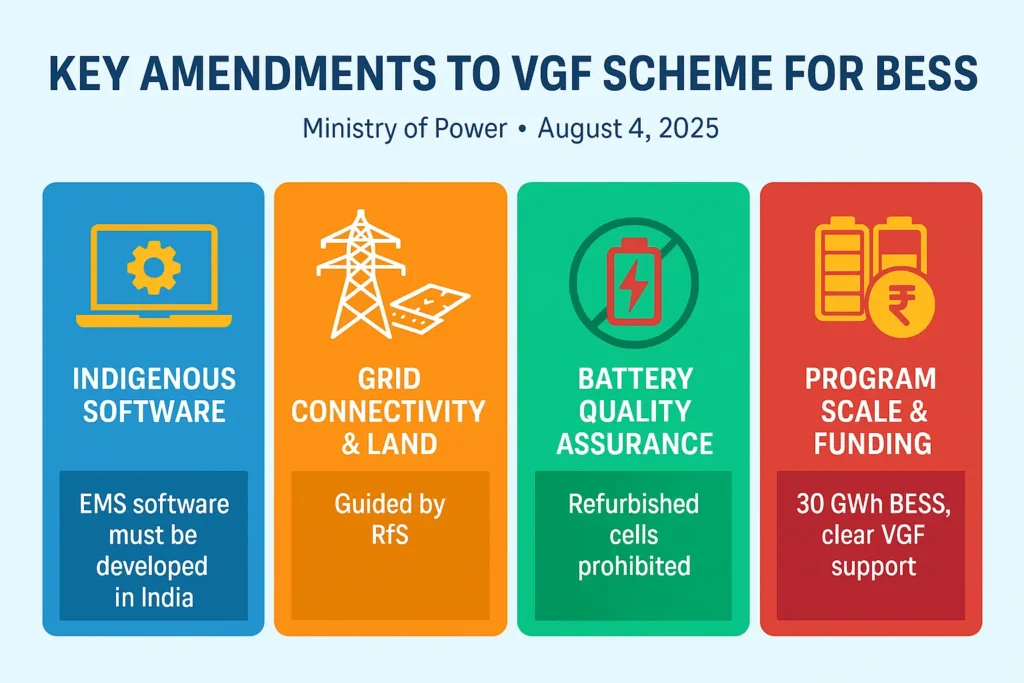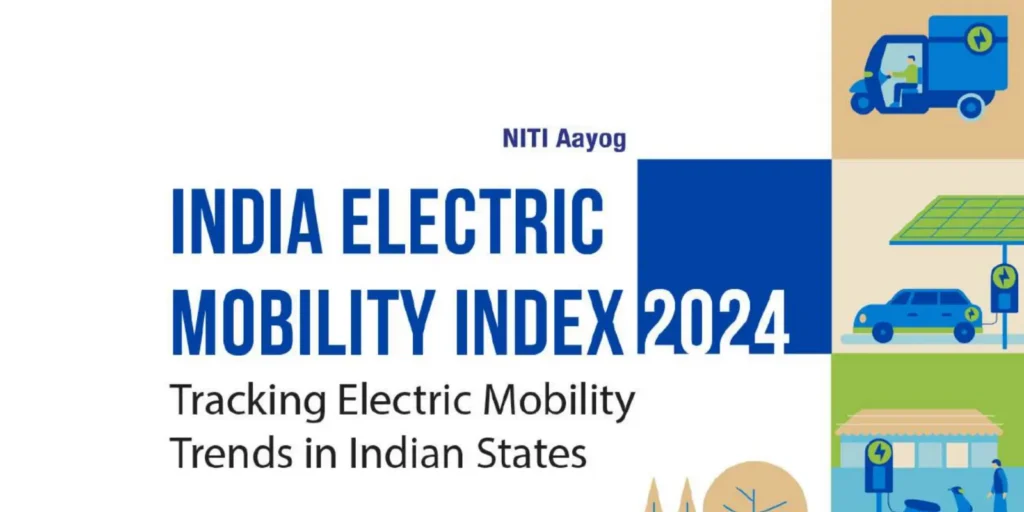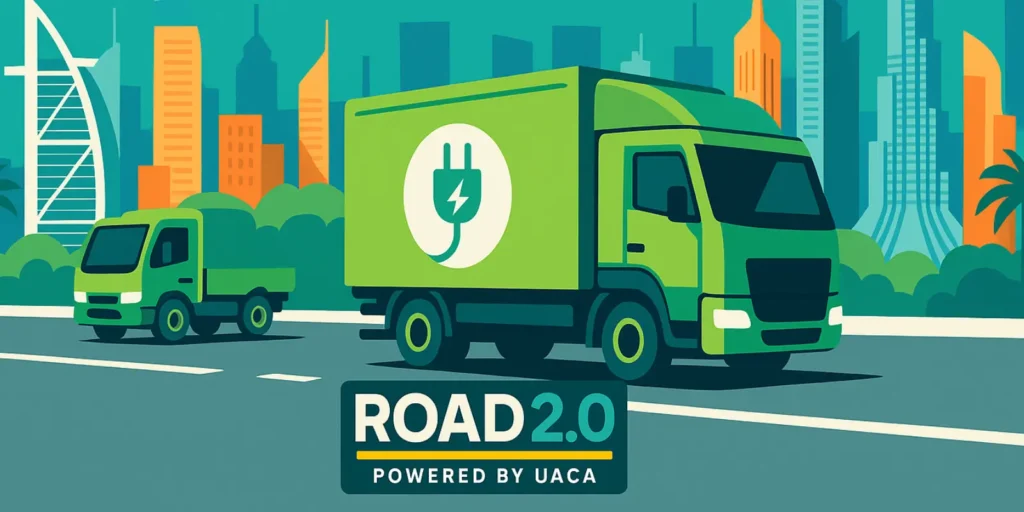Transportation produce about 28% of all the green-house gas emissions in the U.S. and because new cars normally stay on the road for 15 to 20 years, much of that pollution is already “locked in” into the 2040s. If electric vehicles are going to change the way we travel in time to meet our climate goals, people need to start choosing them over ICE cars today.
Further, a study published in the journal Nature Climate Change by engineers at the University of Toronto concluded that 90% of light-duty cars on American roads would need to be electric by 2050 to keep the transportation sector in line with climate mitigation targets.
USA Climate Mitigation Goals
United States is the second largest emitter of greenhouse gasses in the world after China, and is among the countries with the highest greenhouse gas emissions per person in the world. The climate change policy of the United States thus has major impact on global climate change and global climate change mitigation.
USA Climate Mitigation Goals include:
- Reducing U.S. greenhouse gas emissions 50-52% below 2005 levels in 2030
- Reaching 100% carbon pollution-free electricity by 2035
- Achieving a net-zero emissions economy by 2050.
The critical components to implement these targets include passing the Inflation Reduction Act (IRA) and Bipartisan Infrastructure Law, which are expected to unlock investments into clean energy technologies and improve U.S. economic competitiveness, innovation, and industrial productivity.

More recently, complementary measures such as the national target of 50% electric vehicle sales share in 2030, 100% carbon pollution-free electricity production by 2035 and the U.S. Methane Emissions Reduction Action Plan have also been adopted to decarbonise the transportation, electricity and industrial sectors, which are 28%, 25% and 23% of U.S.’s overall emissions, respectively (ref).
Unlike their gas-guzzling counterparts, EVs produce zero tailpipe emissions, eliminating a major source of air pollution and greenhouse gases. This is no small feat, considering transportation accounts for nearly a third of US greenhouse gas emissions. A 2022 study by the International Council on Clean Transportation found that even when accounting for upstream emissions from battery production and electricity generation, EVs typically emit 60-70% less greenhouse gas than gasoline vehicles over their lifetime.
Beyond climate change, EVs offer a potent antidote to urban air pollution. Transportation-related emissions are a major contributor to smog, respiratory illnesses, and other health problems, disproportionately impacting low-income communities and communities of color. Replacing gas-powered vehicles with EVs can dramatically improve air quality, leading to healthier lives and reduced healthcare costs.
Additionally, green energy technology like solar, wind, biomass, and other RE sources can provide a feasible alternative to charge electric vehicles (EVs) without affecting the environment. It would be a sustainable step in the right direction for a thriving environment. EV Charging Solutions that integrate renewable energy can possible define way ahead.
It’s important to acknowledge that EVs are not a silver bullet solution to climate change. While they offer significant emissions reductions, other aspects of the transportation sector, such as aviation and freight, also need to be addressed. Additionally, the environmental impact of battery production and disposal needs to be carefully managed.
By acknowledging the challenges, embracing the solutions, and investing in the future, America can plug into a cleaner, healthier, and more sustainable future for all.



